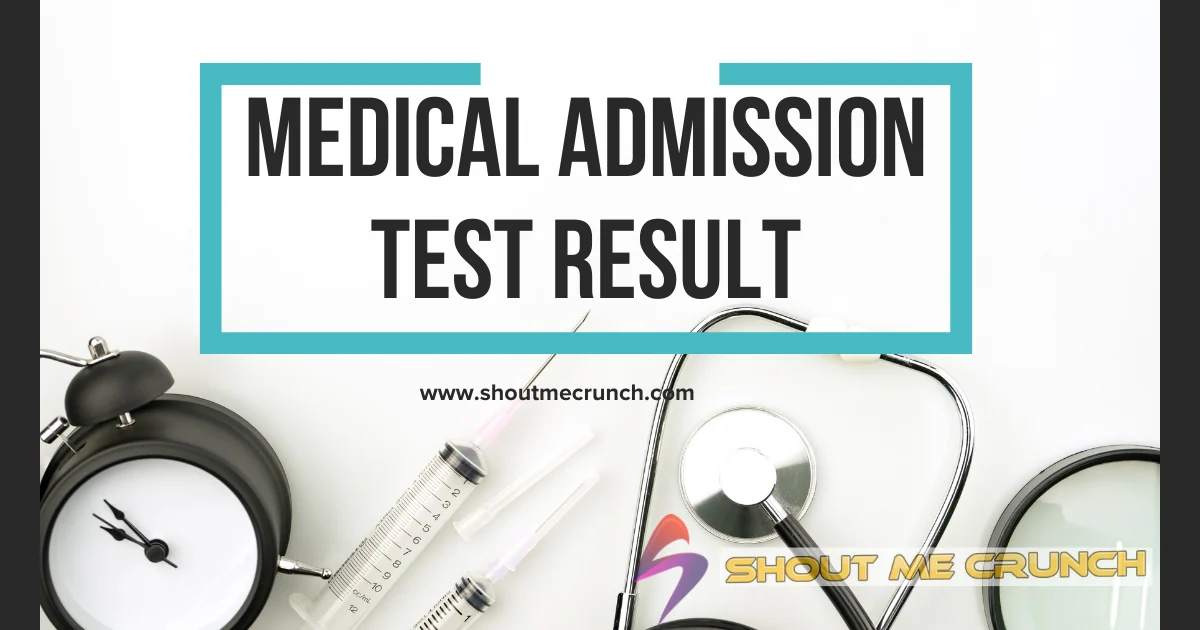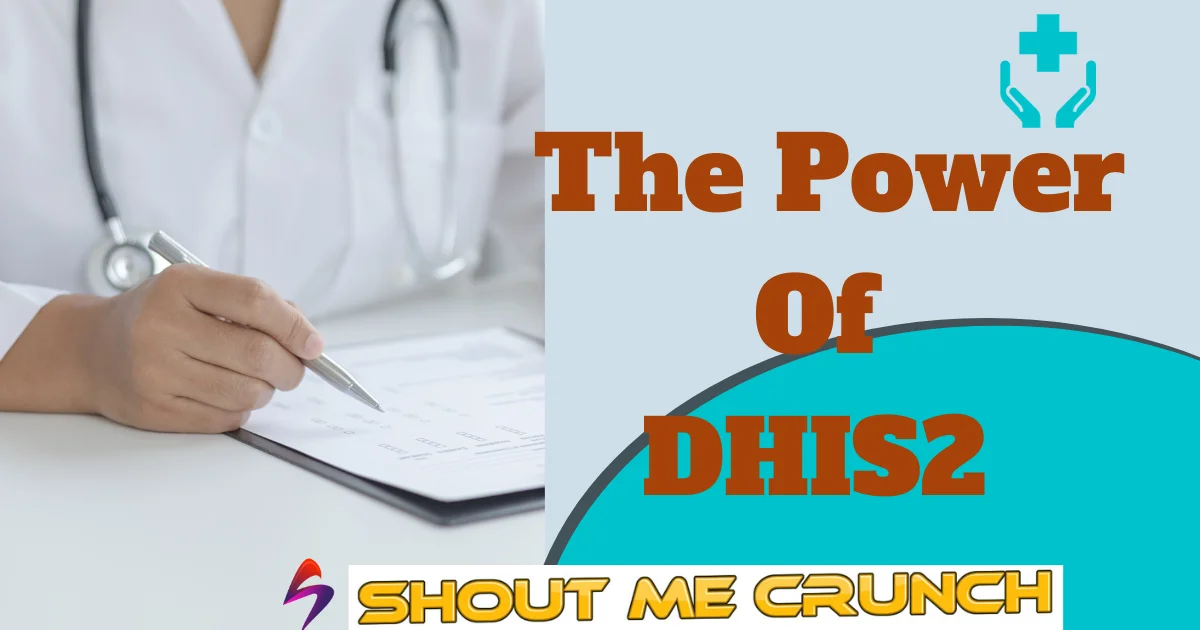As an experienced blogger passionate about storytelling and data analysis, I’ve delved into numerous tools and techniques. Today, let’s talk about two major players in verbal autopsy: the Smart Verbal Autopsy (Smart VA) and the World Health Organization’s Verbal Autopsy (WHO VA) tools. You’re in the right place if you’re wondering which one suits your needs. Let’s break it down.
What is Verbal Autopsy (VA)?
In the absence of medical records, verbal autopsy uses structured interviews with the bereaved to determine probable causes of death. The information is vital for health planning, especially in low-resource settings. Smart VA and WHO VA are leaders in this space, but their approaches differ significantly.
WHO VA Tool: A Standardized Approach
Overview
The WHO VA tool, a brainchild of the World Health Organization, is renowned for its comprehensive and standardized methodology. Updated most recently in 2022, it builds on the 2016 version, streamlining the questionnaire to simplify interviews while maintaining robustness.
Key Features
- Flexibility and Updates: Regularly updated to reflect global standards.
- Extensive Questionnaire: Encompasses various indicators with tailored modules for different demographics.
- Multifaceted Data Collection: Interviews can include narratives and are managed via electronic devices like tablets using Open Data Kit (ODK) tools.
Pros
- Widely adopted across 21 countries.
- Adaptable for local contexts, as demonstrated in Bangladesh.
- Supports multiple analytical methods, including InSilicoVA, InterVA5, and Tariff 2.0.
Cons
- Slightly longer interviews compared to Smart VA.
- Physician reviews, although thorough, can be time-intensive for extensive studies.
Smart VA Tool: Efficiency Meets Technology
Overview
Smart VA, developed by the Population Health Metrics Research Consortium (PHMRC), leverages the Tariff 2.0 Method for streamlined computer certification of verbal autopsies.
Key Features
- Streamlined Process: Minimalist questionnaire with only three questions for stillbirth verification.
- Digital-First Approach: Highly compatible with technological platforms for quick deployment.
- Global Reach: Adopted in 13 countries for its simplicity.
Pros
- Faster interviews, reducing respondent fatigue.
- Effective for scaling up in resource-constrained settings.
- Direct focus on the most critical indicators.
Cons
- Covers fewer indicators than WHO VA.
- Limited adaptability for local context customization.
Key Comparisons
| Feature | WHO VA | Smart VA |
| Number of Indicators | Extensive | Minimal |
| Median Interview Time | Moderate | Short |
| Adoption | 21 countries | 13 countries |
| Customization | Tailored for local contexts | Standardized, limited flexibility |
| Stillbirth Verification | 12 questions | 3 questions |
| Analysis Methods | Multiple options (InSilicoVA, etc.) | Primarily Tariff 2.0 |
Data Collection and Analysis
Both tools integrate technology, using electronic tablets and applications like ODK. However, WHO VA excels in adaptability with its ability to incorporate narratives and advanced analytical algorithms. Smart VA, on the other hand, shines in efficiency, offering faster data collection and simplified cause-of-death determination.
Which Tool is Right for You?
WHO VA is the go-to choice if your priority is comprehensive data and adaptability. It’s ideal for countries or organizations conducting detailed health analyses with the capacity to manage more extended interviews and advanced algorithms. With WHO VA, you can feel flexible and versatile in your approach to health analyses.
If you’re after efficiency and scalability, Smart VA stands out. Its streamlined process and shorter interviews make it perfect for projects with limited resources or those focused on essential indicators. With Smart VA, you can feel empowered to manage your projects efficiently.
Final Thoughts
Choosing between WHO VA and Smart VA depends on your project’s goals. As someone passionate about turning data into stories, I see the value in both tools. WHO VA provides the depth necessary for in-depth health insights, while Smart VA’s efficiency ensures no wasted resources.
In a world where data drives decision-making, having the right tools can make all the difference. Whether you lean toward the comprehensive approach of WHO VA or the efficient methods of Smart VA, both empower us to improve health outcomes globally. Their impact is not limited to a specific region or context but extends to the entire world.
FAQs: Smart VA vs. WHO VA
1. What is the main difference between Smart VA and WHO VA?
The main difference lies in their focus and design. WHO VA emphasizes a comprehensive approach with detailed questionnaires and adaptable tools for diverse contexts. Smart VA, on the other hand, offers a streamlined process for faster interviews and simplified data analysis, making it more efficient for large-scale applications.
2. Which countries use WHO VA and Smart VA?
WHO VA is adopted by 21 countries, while Smart VA is used in 13. WHO VA is more prevalent due to its adaptability, while Smart VA appeals to countries seeking quicker, tech-driven processes.
3. How long does a typical verbal autopsy interview take?
WHO VA interviews take slightly longer because of their comprehensive nature, while Smart VA interviews are shorter, focusing on essential indicators. This makes Smart VA ideal for time-sensitive data collection.
4. Can these tools be customized for local contexts?
Yes, WHO VA allows significant customization to fit local needs, including translations and tailored questionnaires. Smart VA, however, is less flexible but ensures consistency in its standardized format.
5. Which is better for large-scale studies: Smart VA or WHO VA?
For large-scale studies, Smart VA is often preferred due to its efficiency and shorter interview times. WHO VA, while more comprehensive, may require additional resources for physician reviews and extended data collection.
Discover more from Shout Me Crunch
Subscribe to get the latest posts sent to your email.





![Medical Admission Result [2025] Check | PDF Download Medical Admission Result](https://www.shoutmecrunch.com/wp-content/uploads/2024/02/Medical-Admission-Result.jpg)

![What Is Data Recovery & How Does It Work? [2019] data recovery hdd](https://www.shoutmecrunch.com/wp-content/uploads/2019/10/data-recovery-hdd.jpg)
